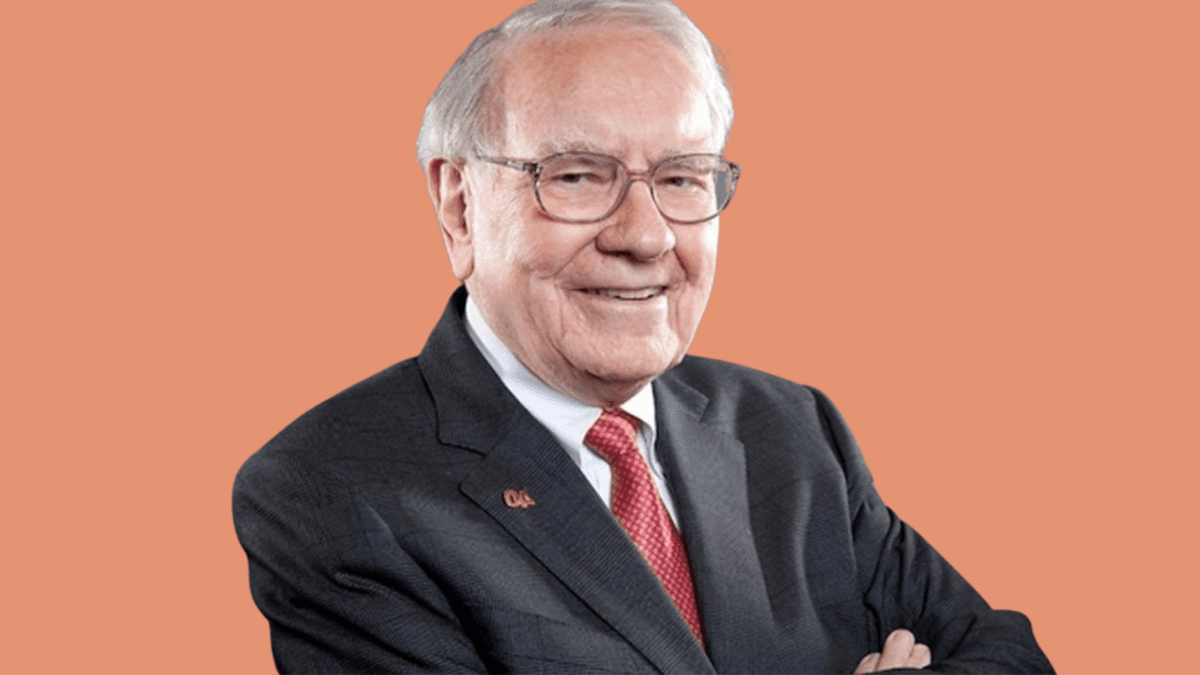For investors seeking value, cheapest really is best
Good value investors benefit from identifying inexpensive companies with short-term challenges and long-term opportunities while avoiding value traps, according to Schroders fund manager Simon Adler – and with the cheapest part of the market looking especially cheap right now, attractive value opportunities abound.
In contrast, the most expensive quartile of the market remains extremely expensive versus history, Adler, who manages the Schroder Global Recovery Fund, told advisers and consultants at The Inside Network’s Growth Symposium in Melbourne on March 29. That’s despite the volatility and uncertainty of the past two years.
“Whatever the growth investors are saying – ‘now is the opportunity, the bubble’s burst and we can pick up the ashes’ – is nonsense; the data and the evidence show crystal clear that it remains very, very expensive,” he said. And while defensive value is trading expensively, “deep, traditional value” is trading in the ninth percentile versus history and at a 25 per cent discount.
“That is the only place to be, in my view, in the market today,” Adler said. “We only look at the cheapest 20 per cent – that keeps us in the part of the market that delivers the best returns over the long term.”
But while he touted the benefits of value investing, Adler also stressed that his fund does not “wish to manage 100 per cent of anyone’s money”, instead encouraging investors to style-match their value approach with a growth or quality manager to maintain balance.
Avoid value traps
With many fund managers that claim to invest for value straying beyond that 20 per cent parameter, investors seeking to benefit from owing true value stocks need to be sure value investing is what they’re actually doing, according to Adler. And key to that is information.
“You need to do a very deep, thorough, rigorous, forensic, analytical process to avoid the value traps,” he emphasised, saying investors should ask questions about the quality of the business, any structural threats it faces and the health of its balance sheet.
“You need to do a very deep, thorough, rigorous, forensic, analytical process to avoid the value traps.”
Simon Adler
And because it’s “crystal clear that no one knows what next year’s profits will be”, Adler said, it’s important to consider things like a company’s net debt, contingent liabilities and the terming of its debt. “If companies have five or 10 years to pay off their debt because it’s well termed, they’re in a much better place.”
The next step is to distil that research into two numbers: risk and reward. “What is the risk of permanently losing our clients’ capital in this stock, and what’s the upside? We would wait until we had a stock with 100 per cent upside and a risk score of two or three out of 10. As a result, we say no to in excess of 90 per cent of companies we look at.”
‘Value has smashed it’
If risk is managed properly, the reward can be great: according to Adler, value has outperformed the MSCI World Index by 20 per cent since “Vaccine Monday” on November 9, 2020, which marked a turning point in the COVID-19 pandemic.
But while “value has smashed it in the last three years”, Adler pointed out, the large-cap value category has underperformed the value index in that time, illustrating the appeal of recovery investing through a strategy that focusses on cheaper companies that face issues in the short term but have clear opportunities over the longer term.
He gave as an example Mohawk Industries, the biggest flooring manufacturer in the world, which has a “difficult six months ahead”, with higher input costs, lower demand and an energy-intensive production process.
“However, while none of us may rush to buy a new floor in the next six months, I’m very confident that most of us will buy one in the next six years, and I’m very confident that people will buy houses and do extensions and refurbs again,” Adler said. “Mohawk, being the biggest player in the industry with the lowest leverage they’ve ever had, is in a position to strengthen its operating model, strengthen its market share through the next six months and come out stronger.”
Ultimately, he said, “this is a process to deliver proper value”, and there are enough value stocks available for investors to benefit from asymmetric opportunities – “the 100 per cent upsides with the lower levels of risk” – and build an attractive portfolio.
“You start with a screen to make sure that’s the only place you look and that you can’t style-drift. You do a truckload of rigorous forensic work and distil it into risk and reward. And you make sure you’re making those balanced judgments and saving it all for later, for portfolio construction and for getting better.”








